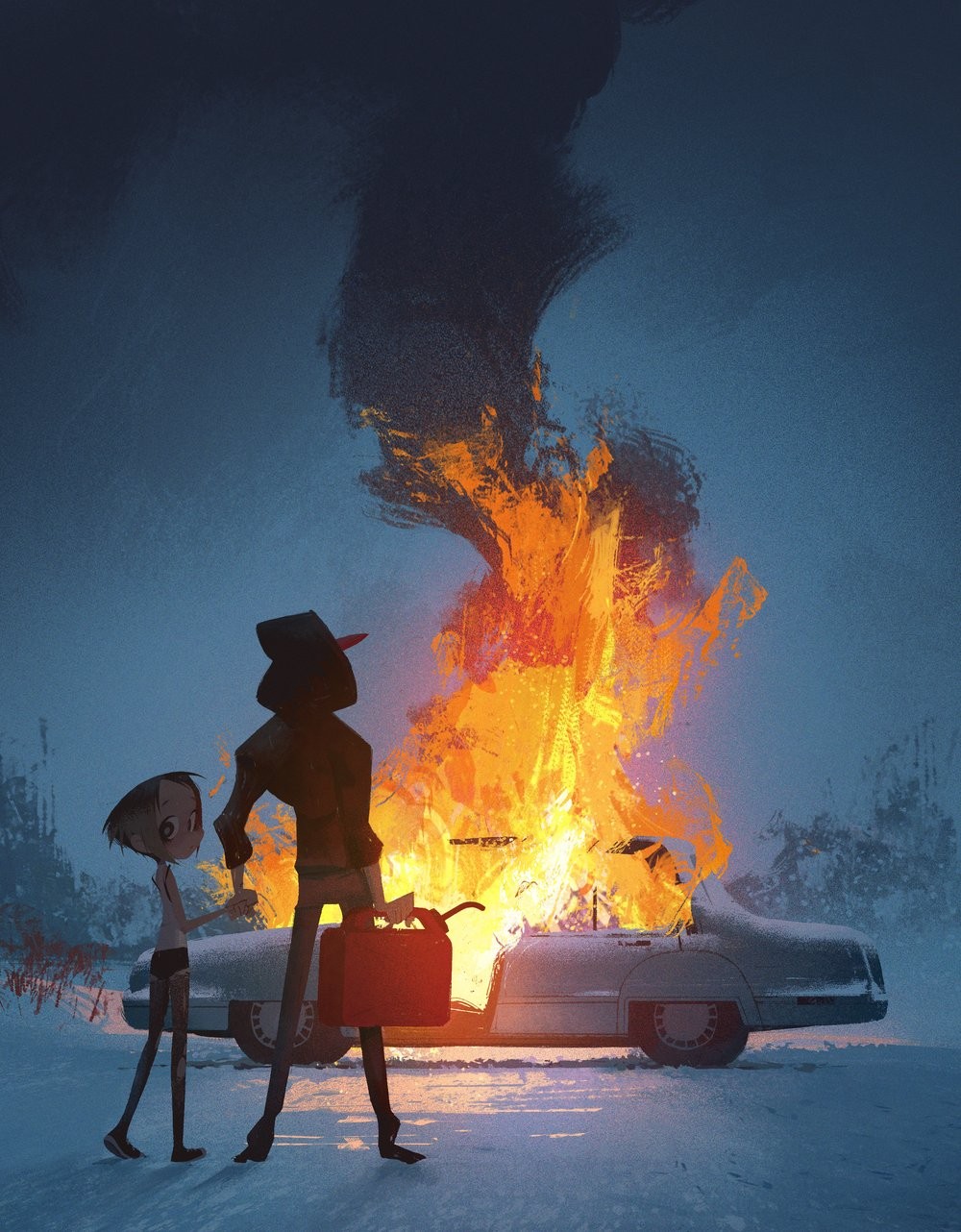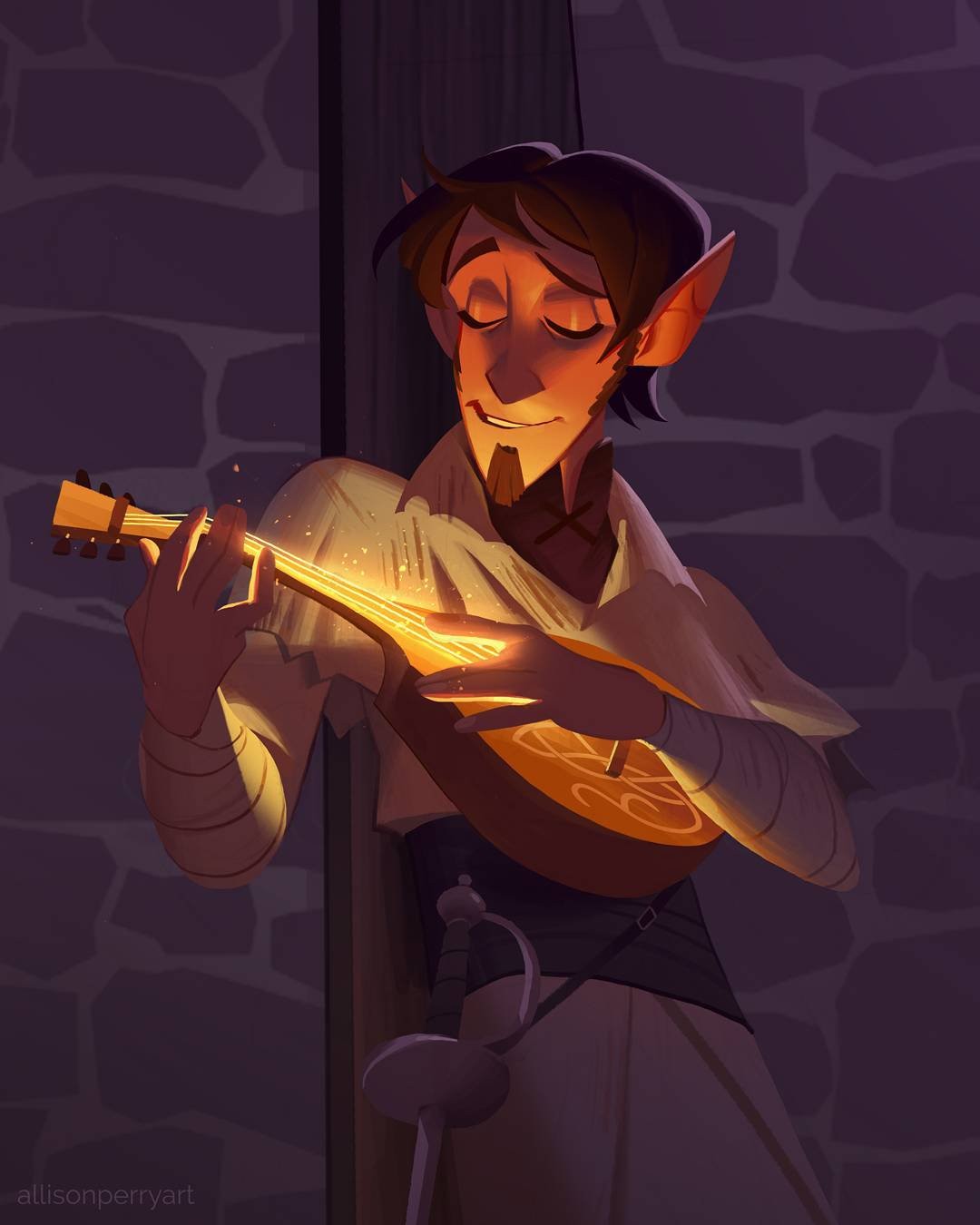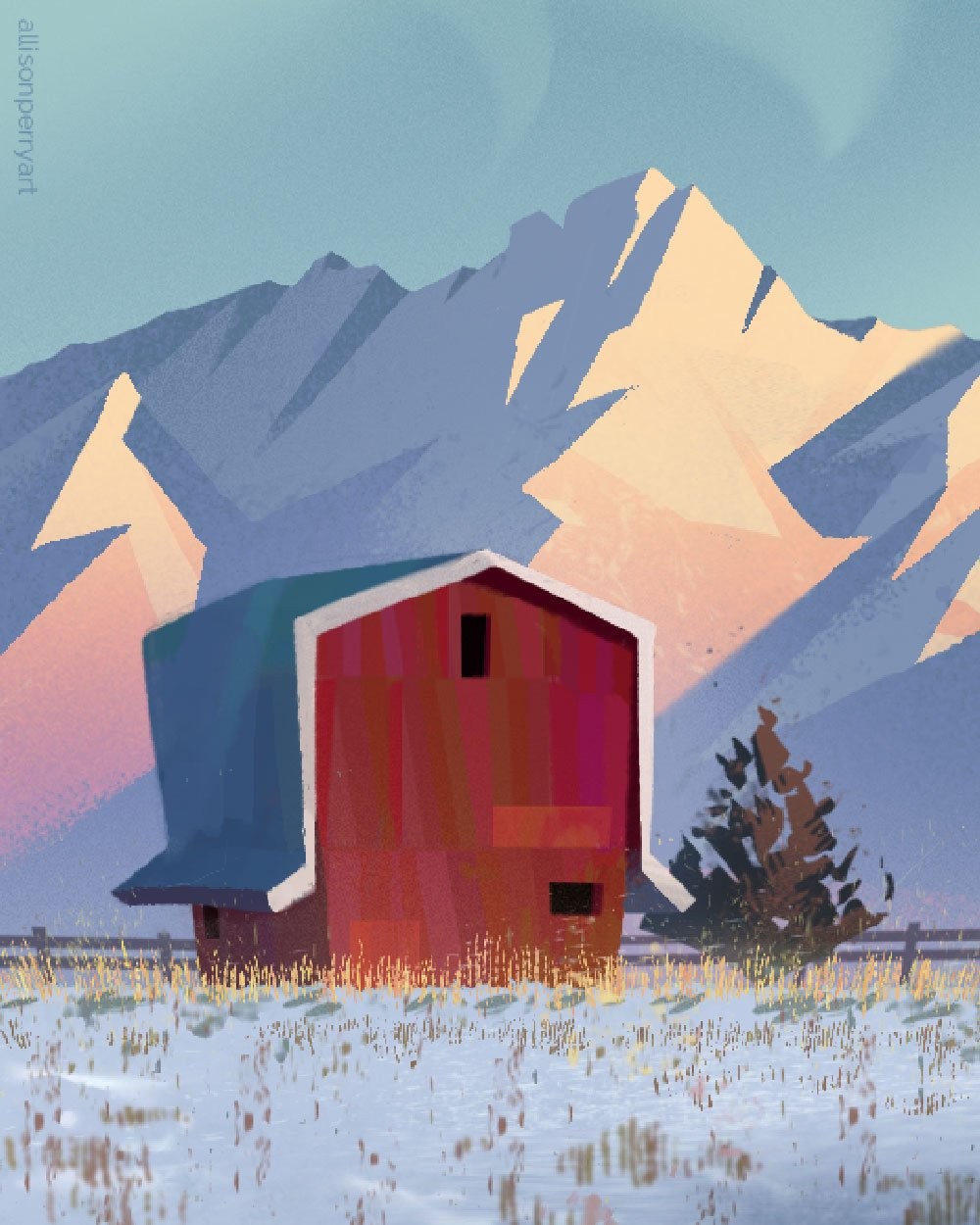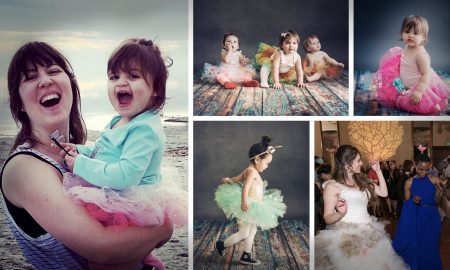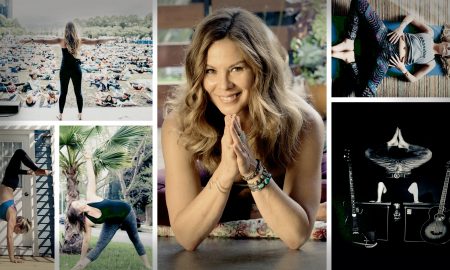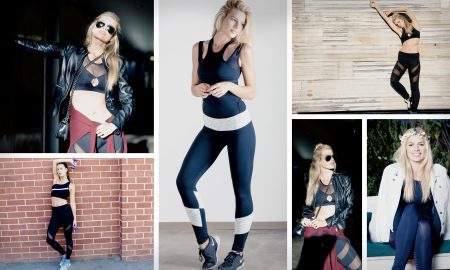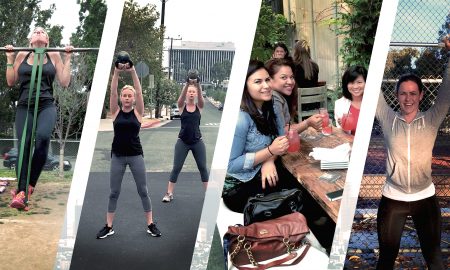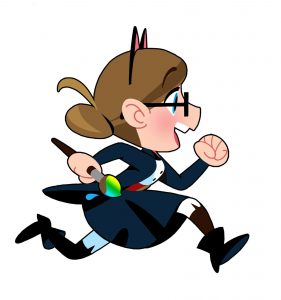
Today we’d like to introduce you to Allison Perry.
Hi Allison, we’re thrilled to have a chance to learn your story today. So, before we get into specifics, maybe you can briefly walk us through how you got to where you are today?
As long as I can remember, I’ve always enjoyed drawing, but for most of my education, I saw it as more of a hobby than a career. I studied English with the intention to teach, but when I realized teaching doesn’t pay very well and was struggling to find work, I figured if I was going to be broke either way, I might as well pursue what I actually enjoy instead of compromising. I started another bachelor’s degree program at an art college, and while the fundamentals I learned were helpful, I’m not sure I could recommend doing the same in retrospect – especially with the growing number of cheaper (arguably better) alternatives these days. I was under the impression that going to the “right college” would guarantee my future success and if my work was good enough, employers would have to hire me, but towards the end of the program, it became increasingly clear that I had to do more than just draw well.
By my last year, I’d accrued a lot of student loan debt and was no longer covered by my parents’ insurance, so I started applying, cold-emailing, and networking anywhere I could in a panic. My professors connected me with a handful of freelance opportunities, and by the start of my last term, I had managed a full-time offer at a VR start-up as a concept artist and dropped out (a decision I don’t regret). As far as first jobs go, the pay was pretty good, but like most start-up jobs, I wore a lot of hats, and the future of the company was always a little unclear. A year in, the company ended up laying off a large percentage of its employees – myself included. It was pretty devastating, but it gave me an early sense of the precariousness of employment in this economy and how to navigate that. While I was working there, I had been networking and freelancing, which I continued to do after the lay-off to make ends meet. After a few months, an old classmate reached out regarding a full-time concept artist at Snap Inc. which I ended up interviewing, testing, and eventually getting hired for. Concept artist is a pretty uncommon job in tech compared to games – I was one of only two or three on a small team, and to my knowledge, there weren’t any other full-time concept artists at the company.
Again, the pay was pretty good (and like with many tech jobs, the benefits were even better), but we wore a lot of hats – basically doing any sort of 2D concept work our team needed to create the 3D AR Bitmoji shorts we were making; however, I guess the product didn’t quite perform as desired, and the team had multiple rounds of layoffs (also common in tech), one of which I was eventually part of. I bridged the gap with freelance again, and found another job as a visual development artist for a feature at Skydance Animation – my first full-time union animation job (I had only done freelance here and there previously). To this day, I’m not sure if I got the offer through a referral or cold-emailing, but the experience was positive for the most part, especially for such a relatively young studio. After less than a year, I was contacted by Netflix Animation for another feature visual development job, and after interviewing, they made a very competitive offer I couldn’t refuse. Since then, I’ve done a bit of everything at Netflix – background paint lead, art direction, etc. The last three years have been a bit of a roller coaster – not just for Netflix, but for the industry, the economy, and the world in general.
Nevertheless, I’m grateful for the growth opportunities I’ve had at Netflix. There’ve been a lot of cancellations, one of which I was a part of, but even after that, I’m back at Netflix again doing feature character paint. All in all, I think it’s helped to be flexible and adaptable – there’s a lot you can’t control in your career, but it helps to be able to roll with the punches.
Alright, so let’s dig a little deeper into the story – has it been an easy path overall and if not, what were the challenges you’ve had to overcome?
Ha ha, it hasn’t been smooth at all – what’s kept me going more than anything is resilience, I think! One of the biggest struggles was just coming to terms with the fact that you can’t academically achieve your way into a career. I spent most of my education believing as long as I got good grades, a career would follow – maybe that was true at some point, but these days employers are so flooded with applicants, you often have to do more than just draw well to stand out. Moreover, I’ve realized employers are looking for more than just technical skills – they need someone who’ll work well on a team, and that’s really hard to discern through an online application, which makes networking that much more important. I spent a lot of time in school resisting the idea of networking because it felt like “cheating,” but now that I’m on the other side of it, I understand it’s more nuanced than that and wish I had been less stubborn. The precariousness of work in this economy has also been a big struggle – at this point, I’ve been through three unexpected layoffs that had nothing to do with my performance, and while I’m better at navigating them now, they never stop being exhausting.
Appreciate you sharing that. What else should we know about what you do?
At this point, I’ve done a little bit of everything, which has positioned me for some art direction work as of late. Leadership positions are less common than mid-level jobs, though, so when I’m not leading, I usually get approached for background paint or visual development work, which is funny because I used to hate drawing backgrounds in school, haha! As for what I’m most proud of, that’s hard to say – it feels like picking a favourite child, haha! I guess I’m really proud of the background paint lead/art direction work I did on a currently unannounced Netflix show the past few years – it was a huge growth opportunity for me, and I think the final product looks amazing. I hope it gets announced soon – I’m dying to talk more about it!
Other than that, I didn’t contribute a whole bunch myself, but I’m also proud to have helped out a bit as a freelance prop designer on the Netflix show City of Ghosts – I can’t really call it a “hidden gem” anymore now that it’s won two awards, but it’s really genuine in a way not a lot of media is and the visuals are stunning! As for what sets me apart – given my academic background, I’m in the unique position of being kind of “bilingual” in both designer and non-designer, which I think has helped as I’ve moved into more leadership positions. I’m also a quick learner and what I call a “style chameleon” – I’m good at identifying what makes up a style and emulating it, or defining and articulating a style in a way that can be easily emulated/understood by others. Oh, and I think I’m one of the only artists I know that doesn’t absolutely dread spreadsheets, ha ha – I actually really like using them!
What quality or characteristic do you feel is most important to your success?
Persistence and adaptability – not only is this industry tough, but the whole economy is grueling in general, especially at the beginning of one’s career.
Contact Info:
- Website: https://www.allisonperryart.com/
- Instagram: https://www.instagram.com/allisonperryart/
- Linkedin: https://www.linkedin.com/in/allisonperryart/
- Twitter: https://twitter.com/allisonperryart
- Youtube: https://www.youtube.com/c/allisonperryart/
